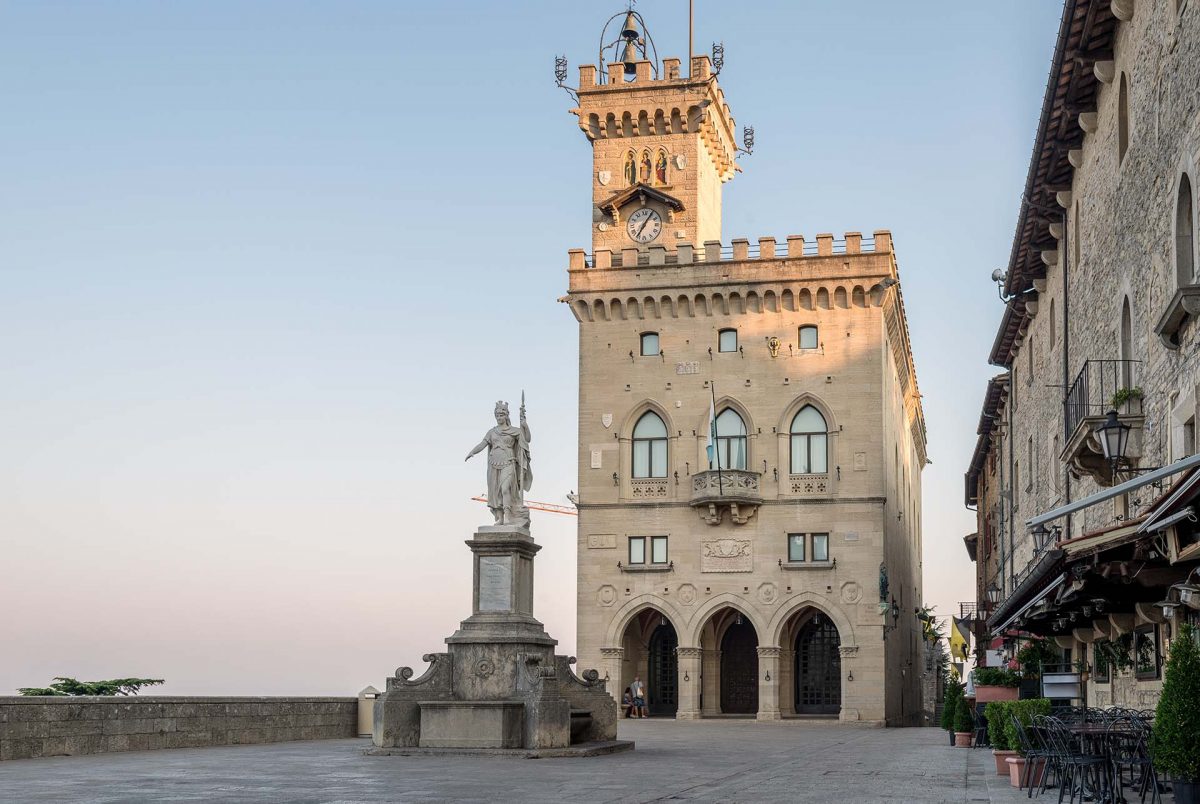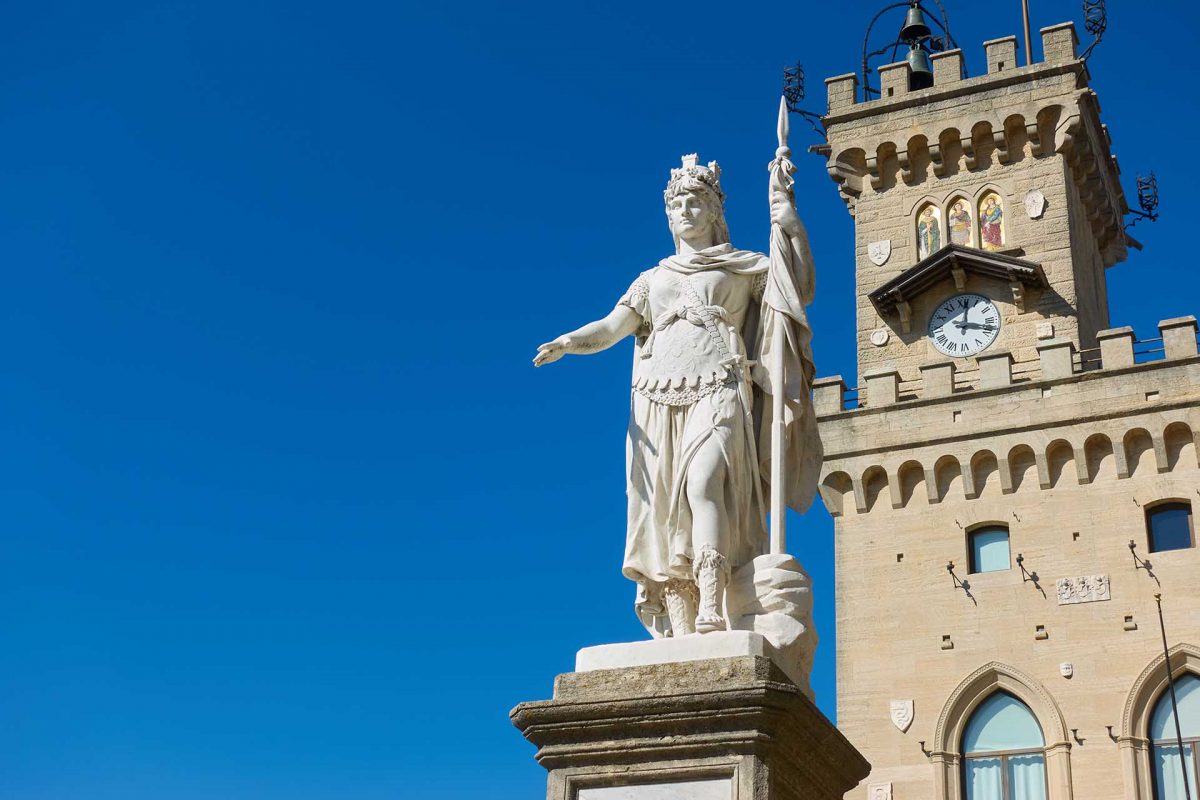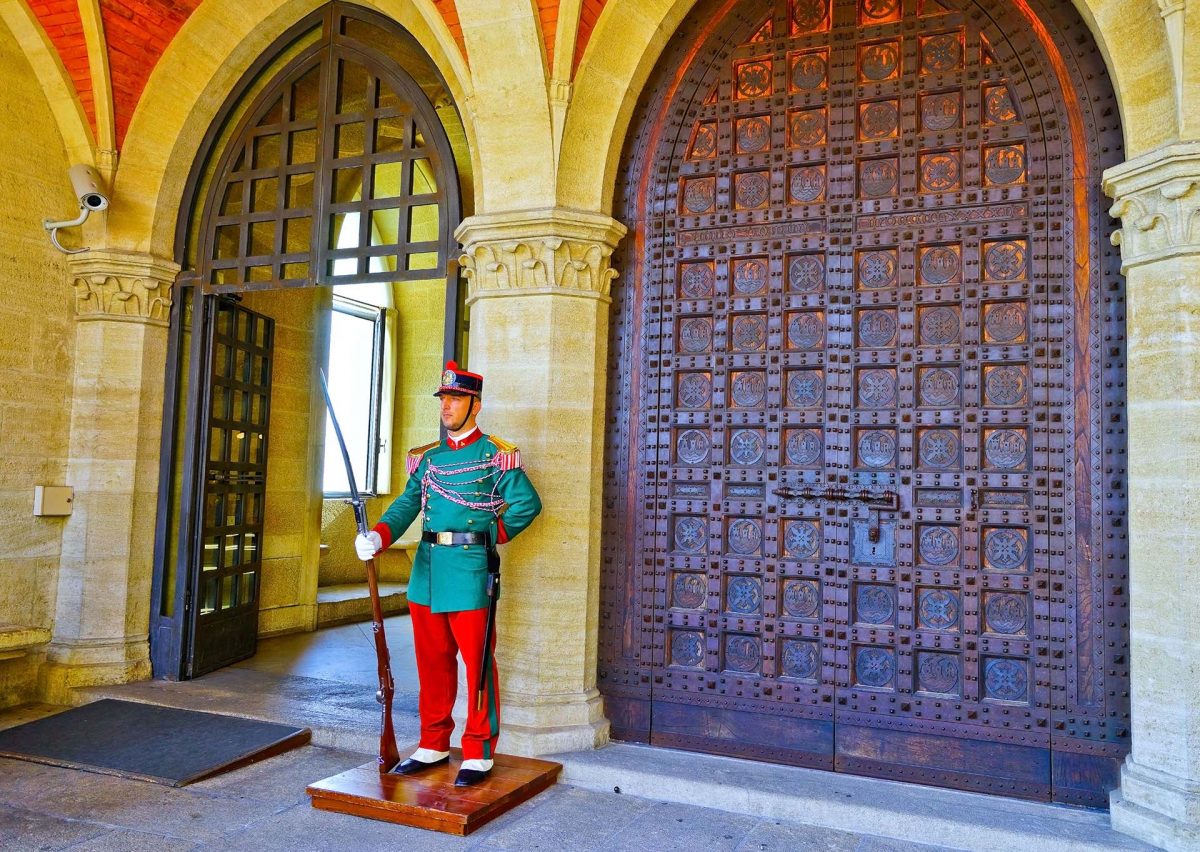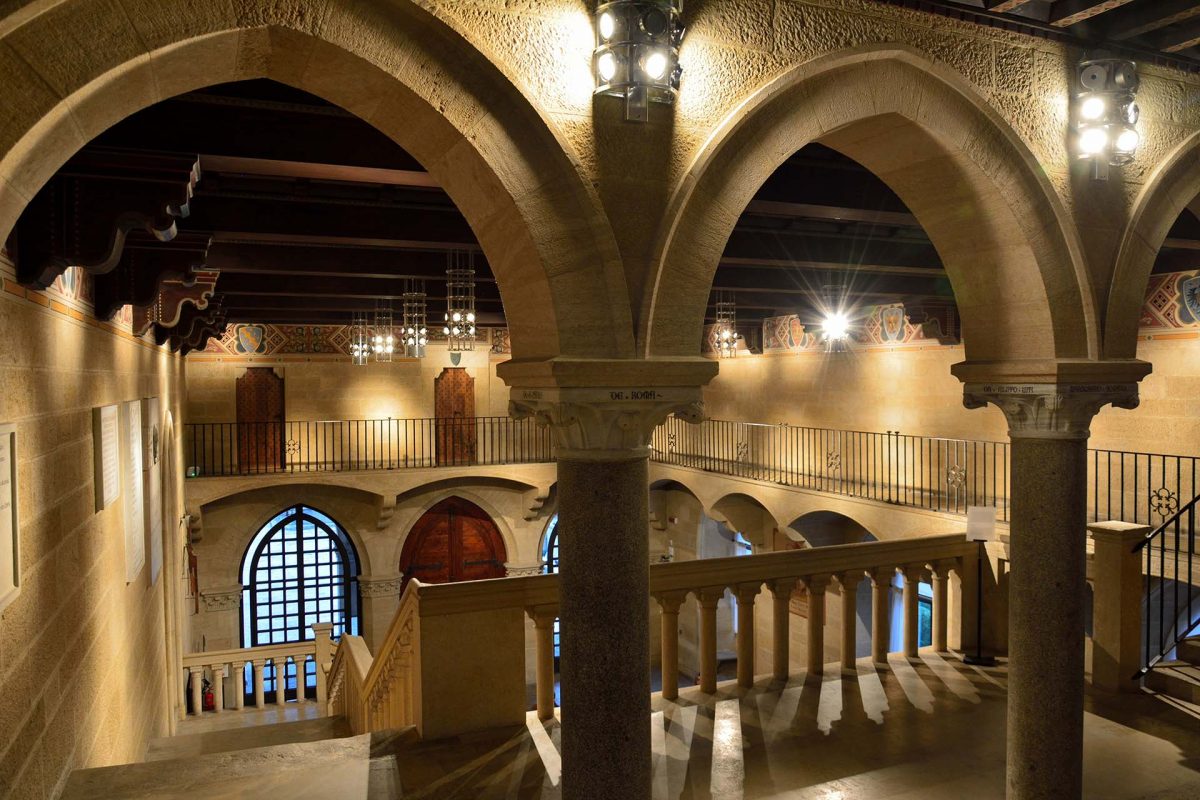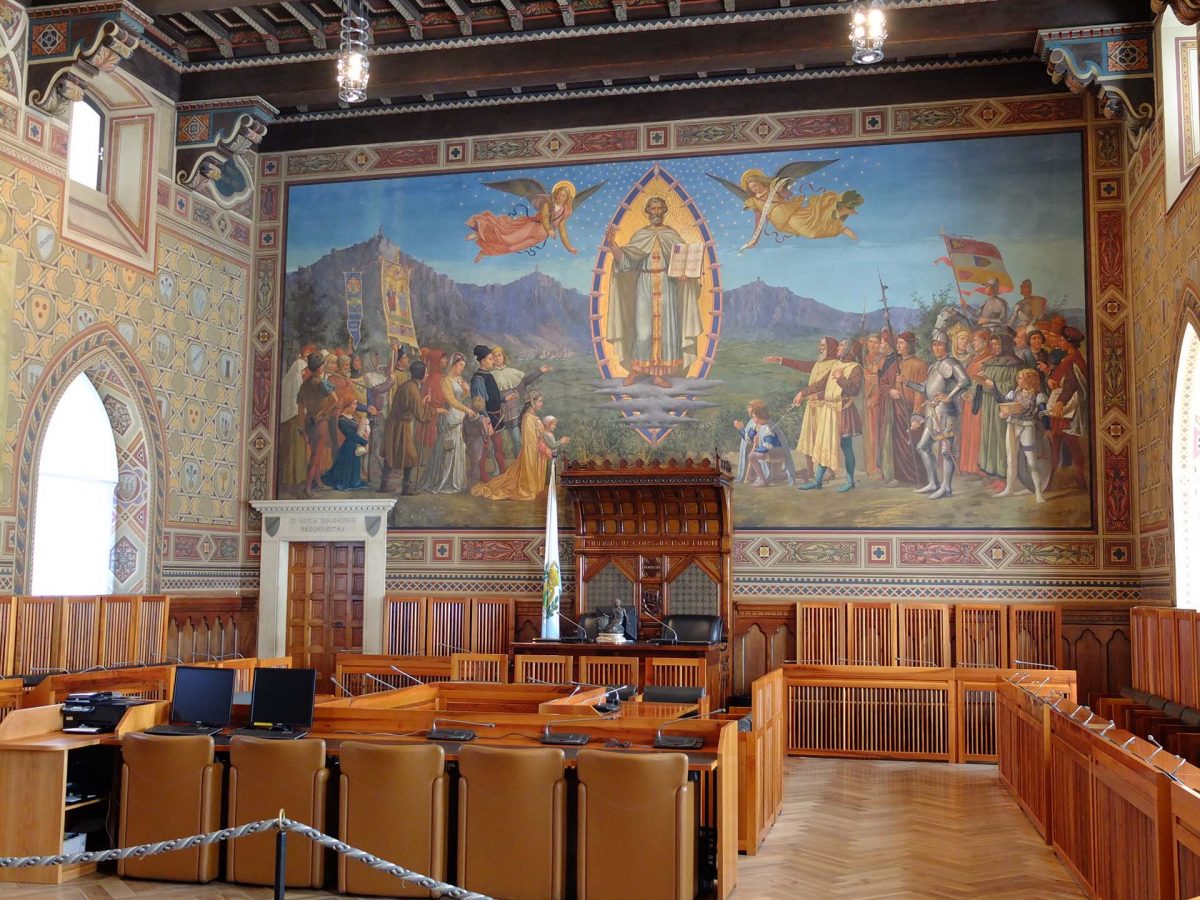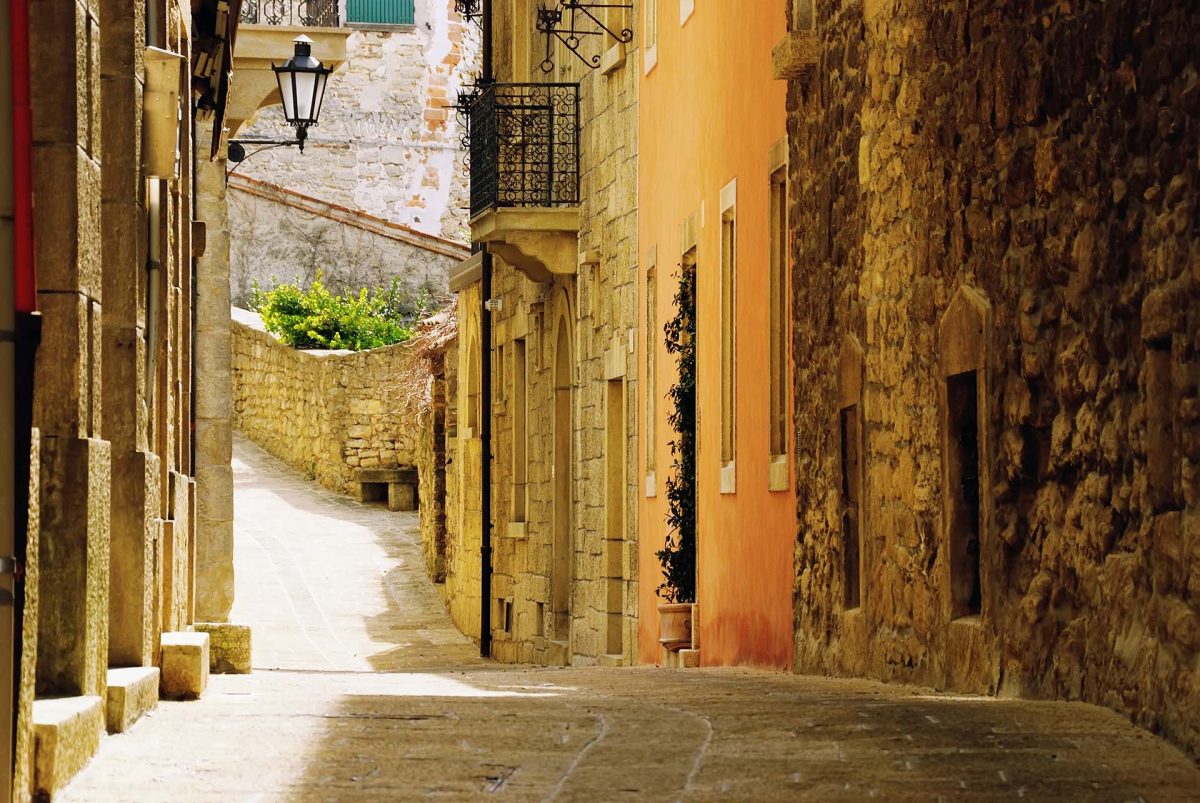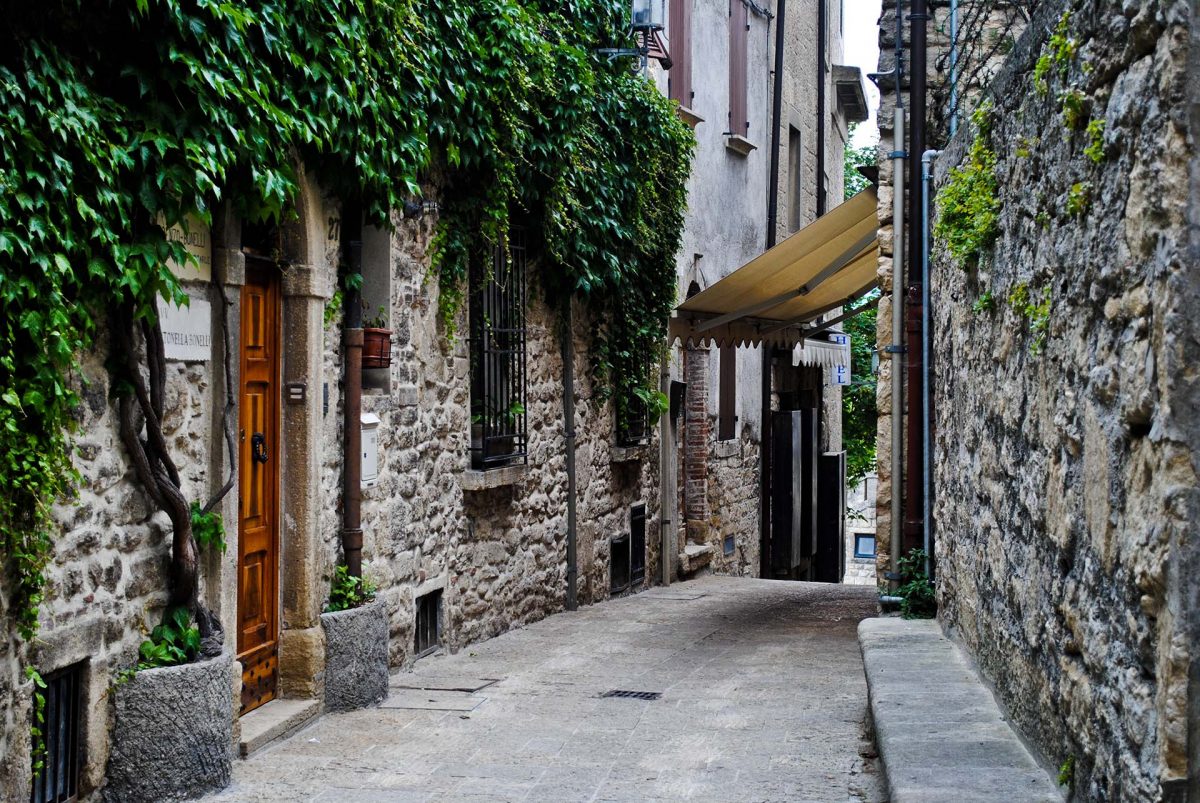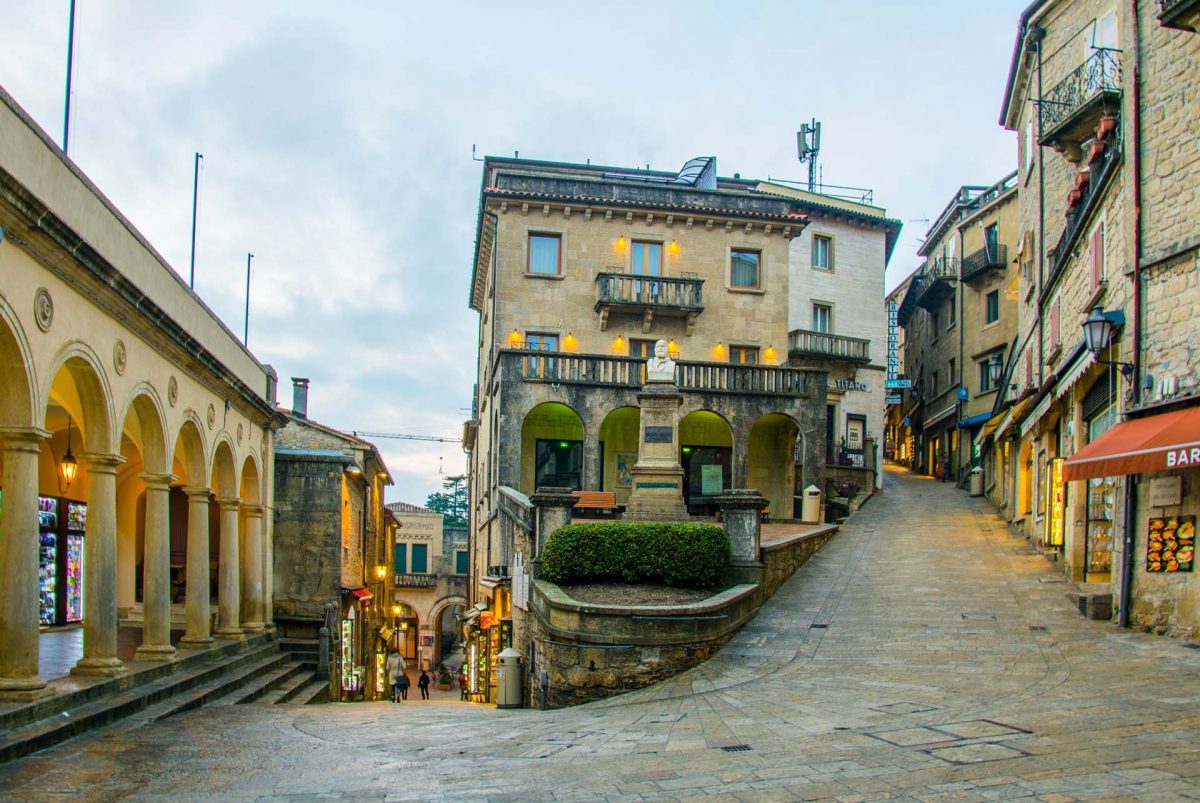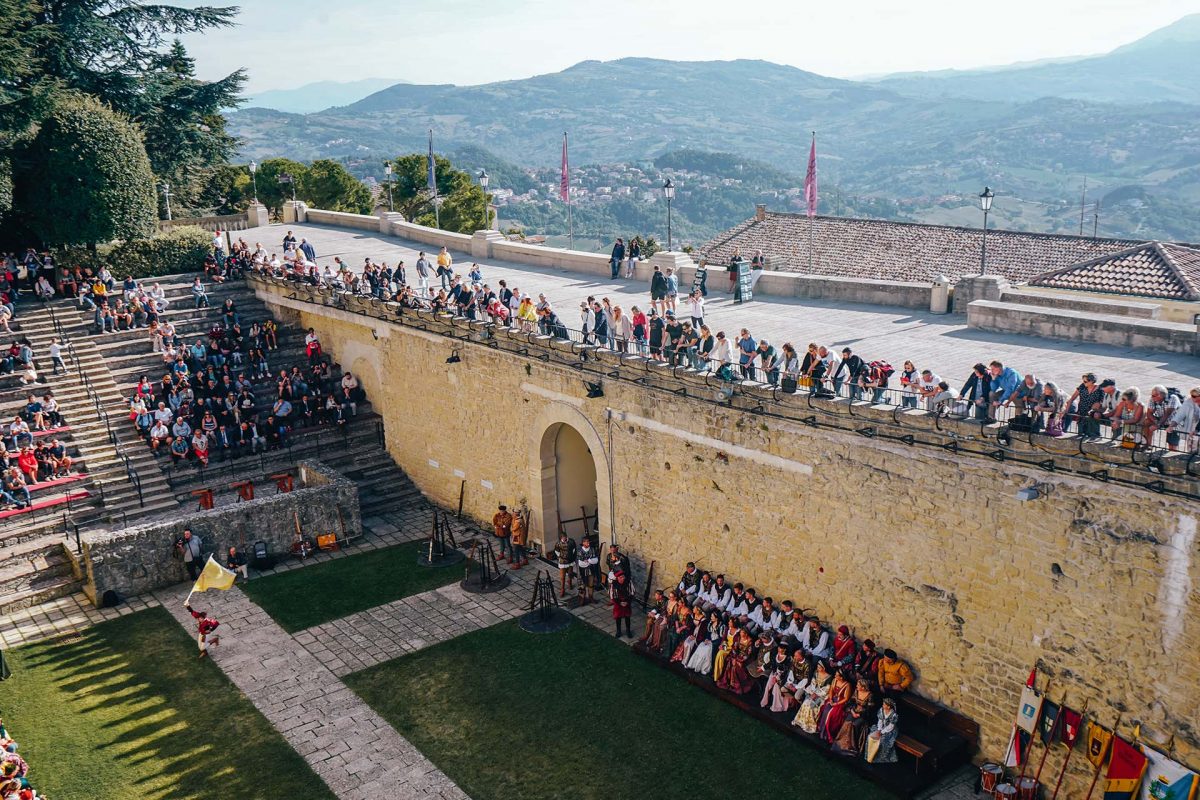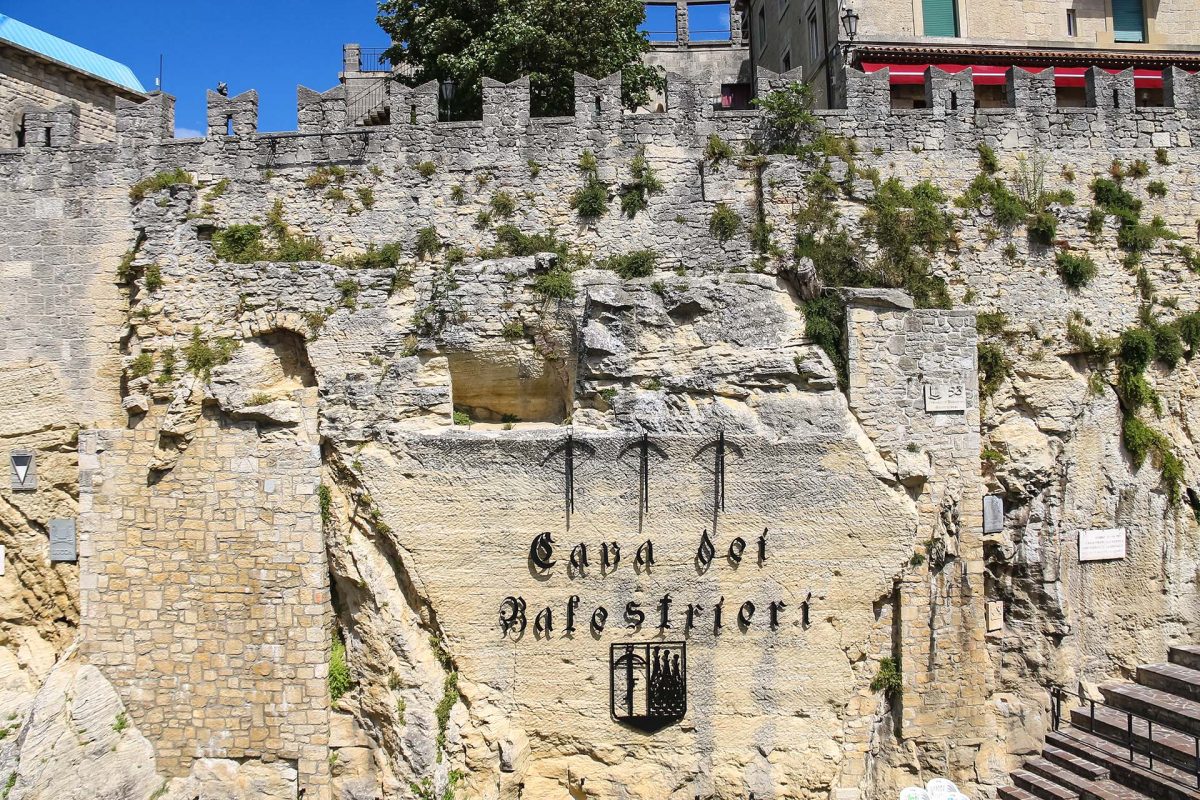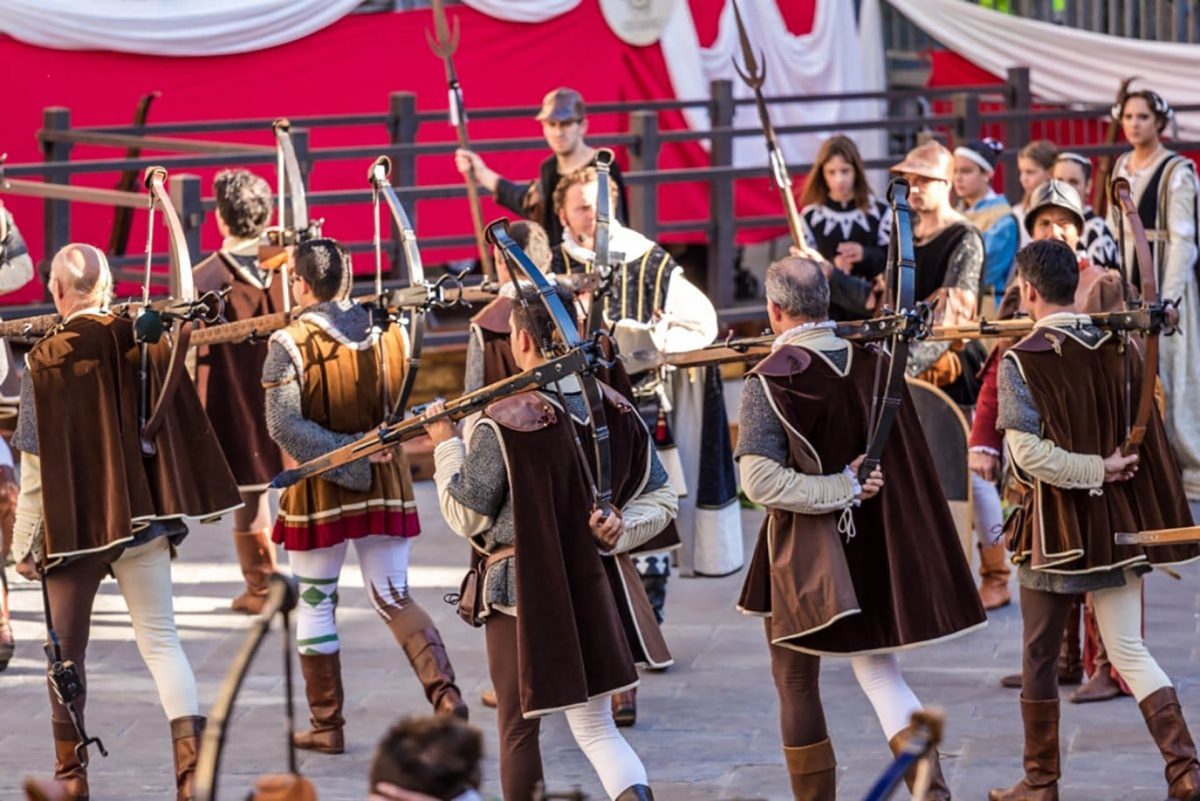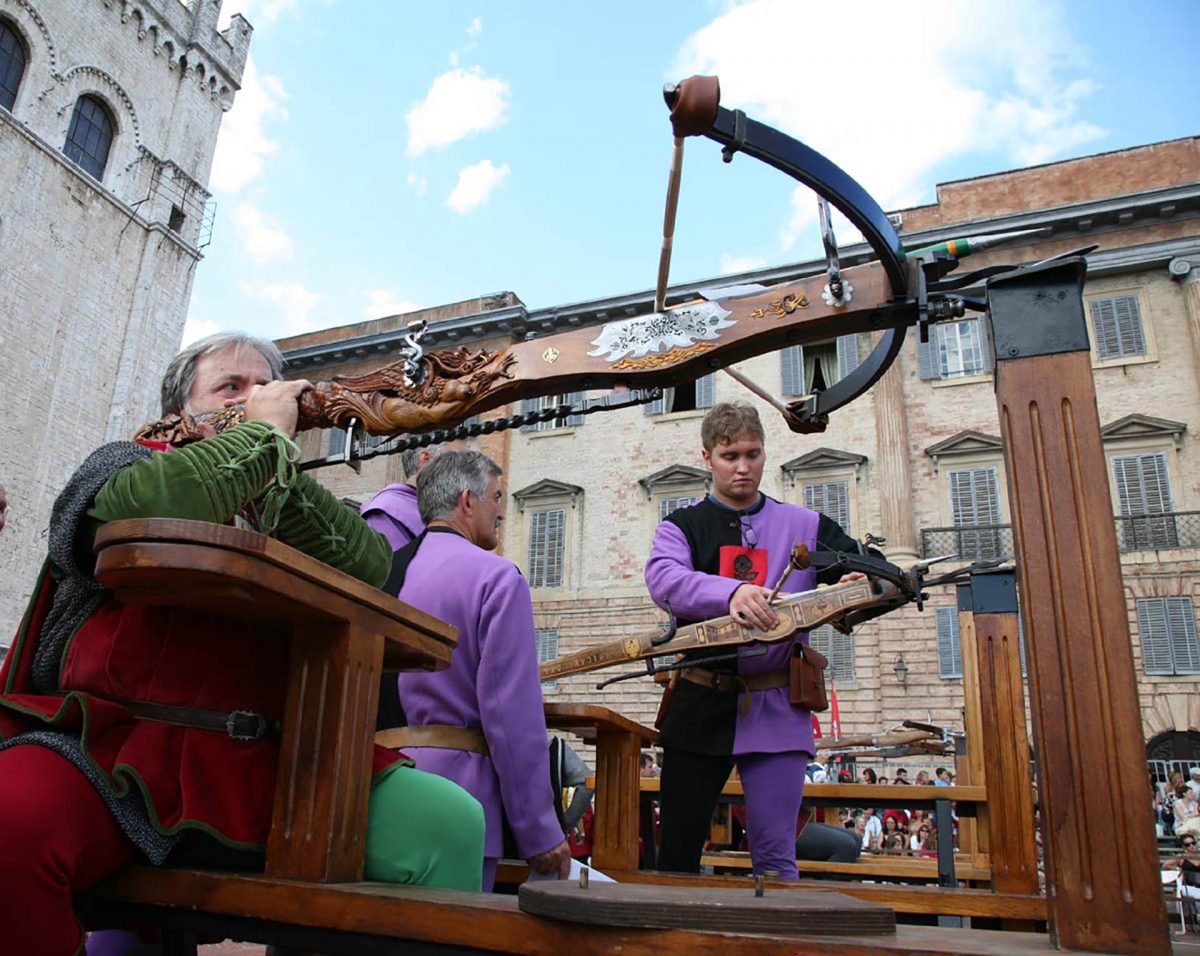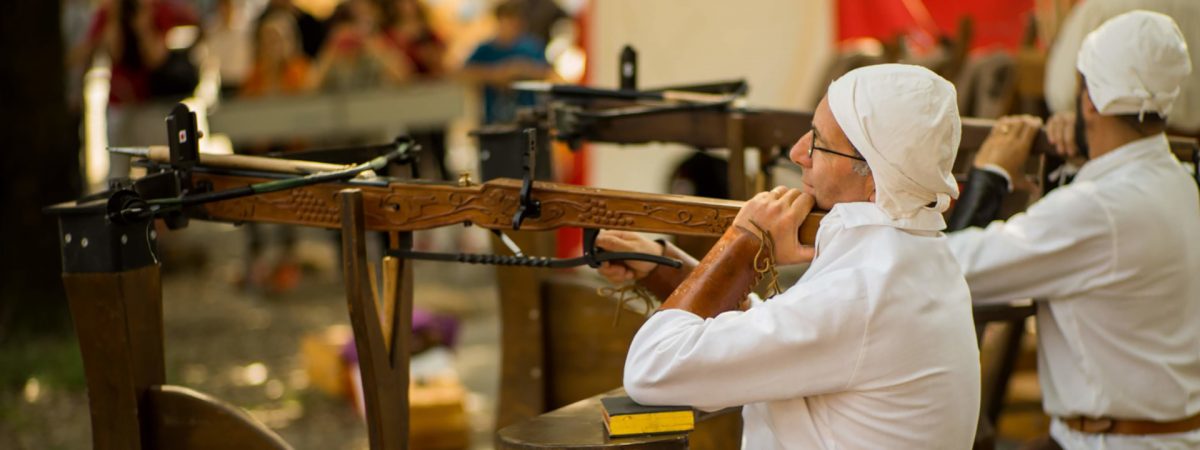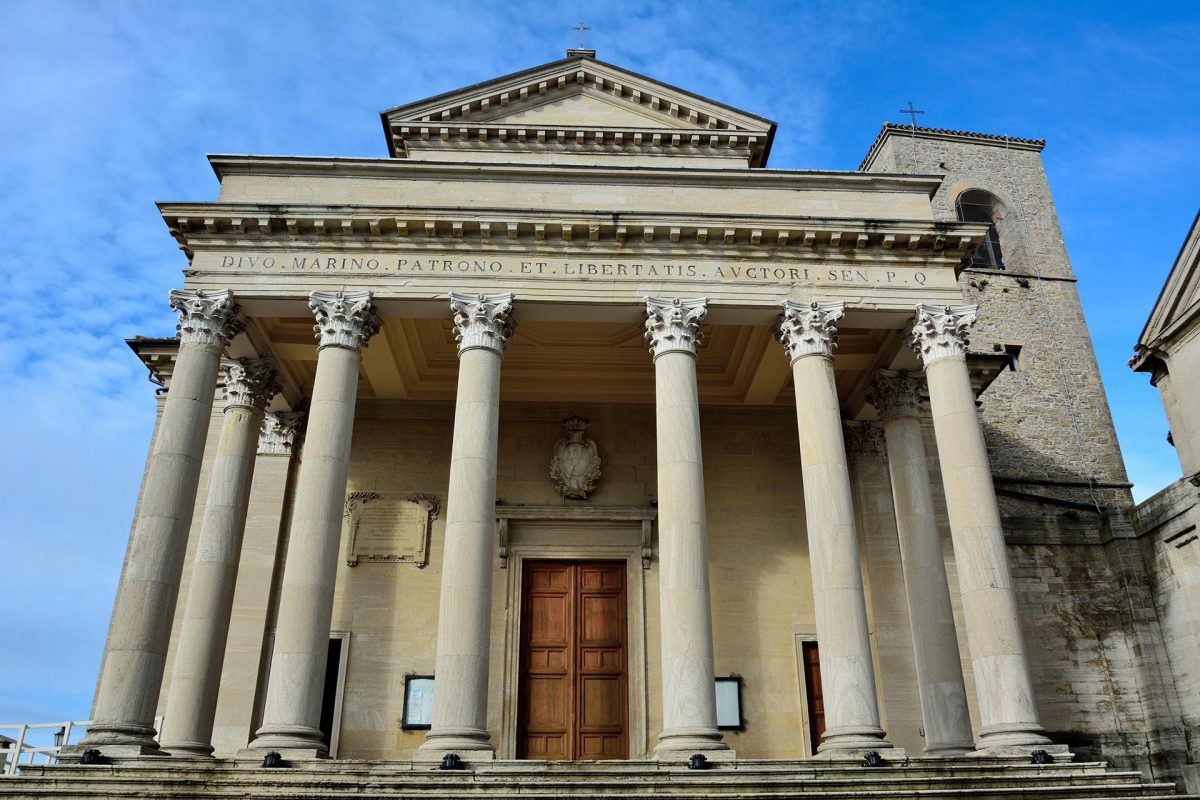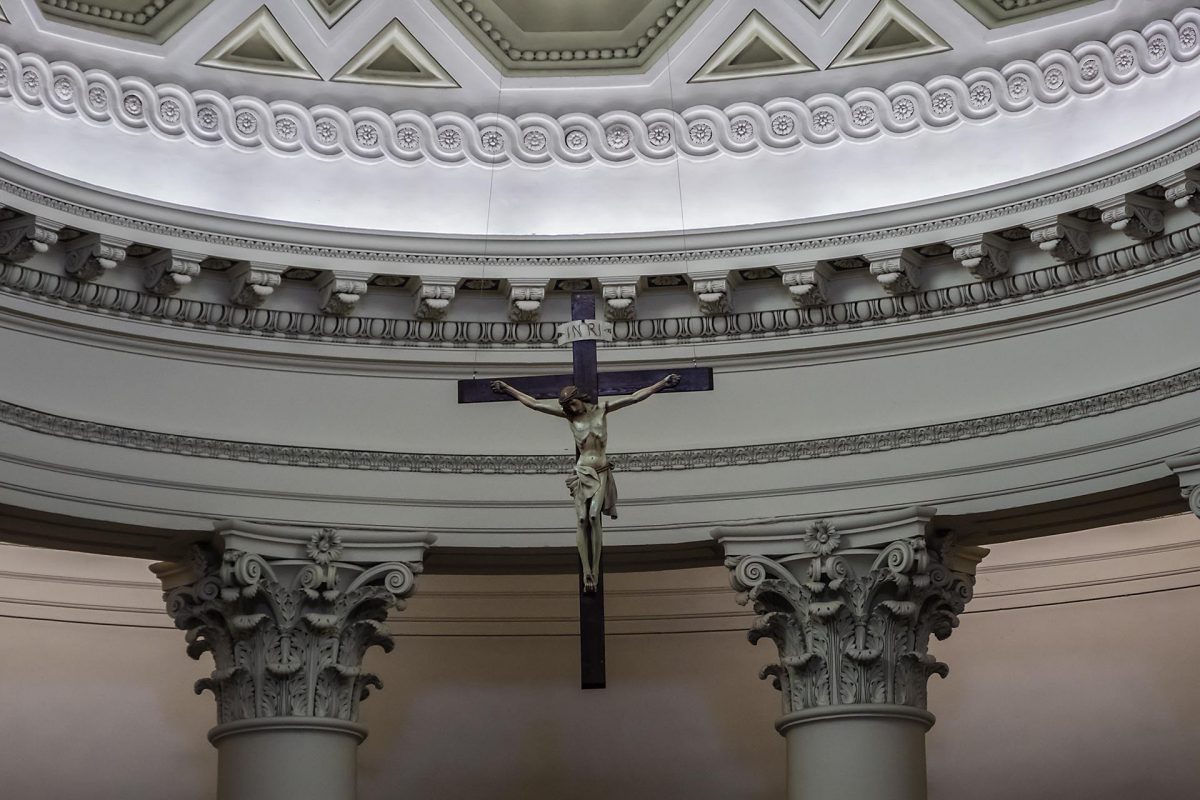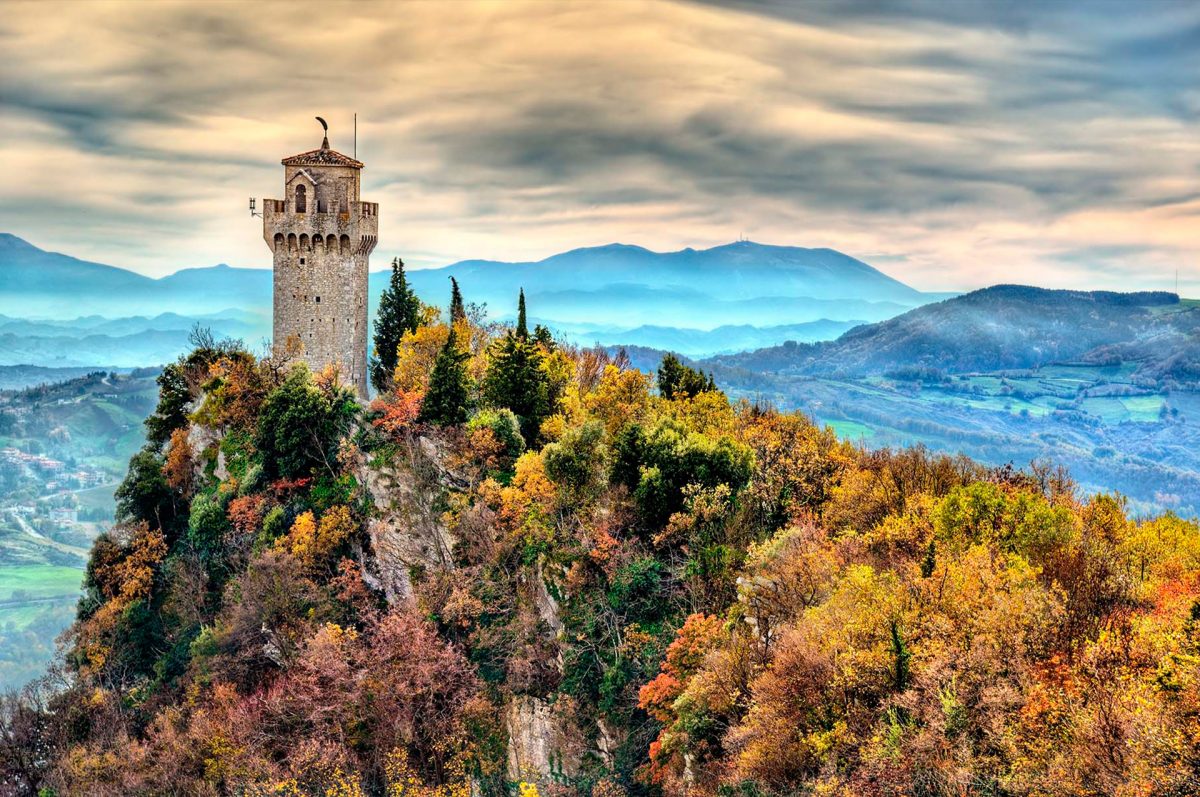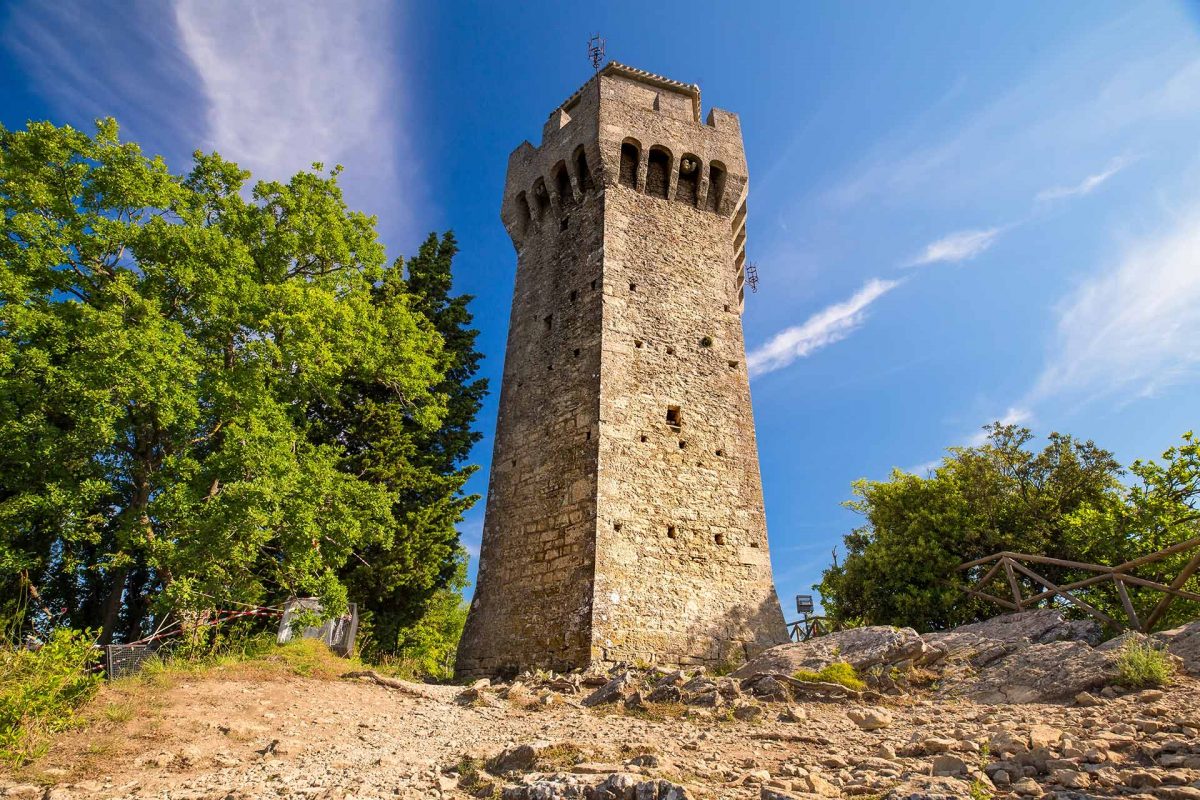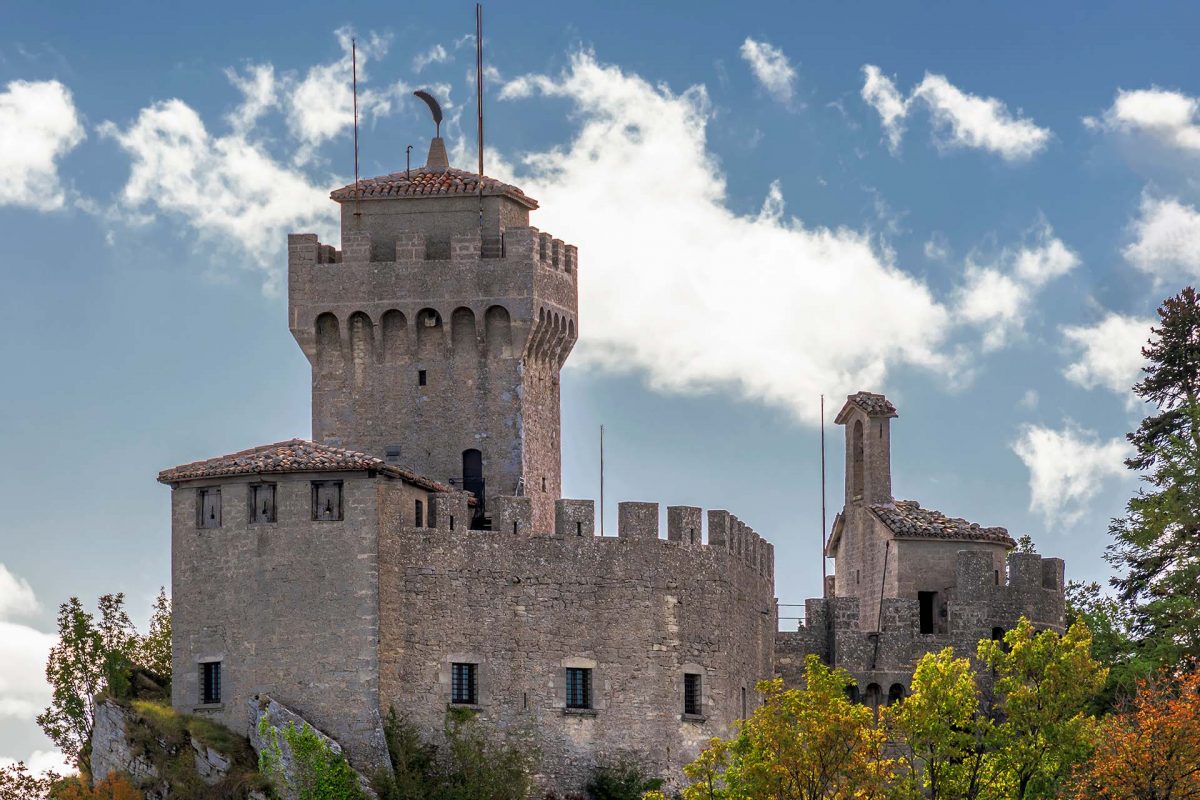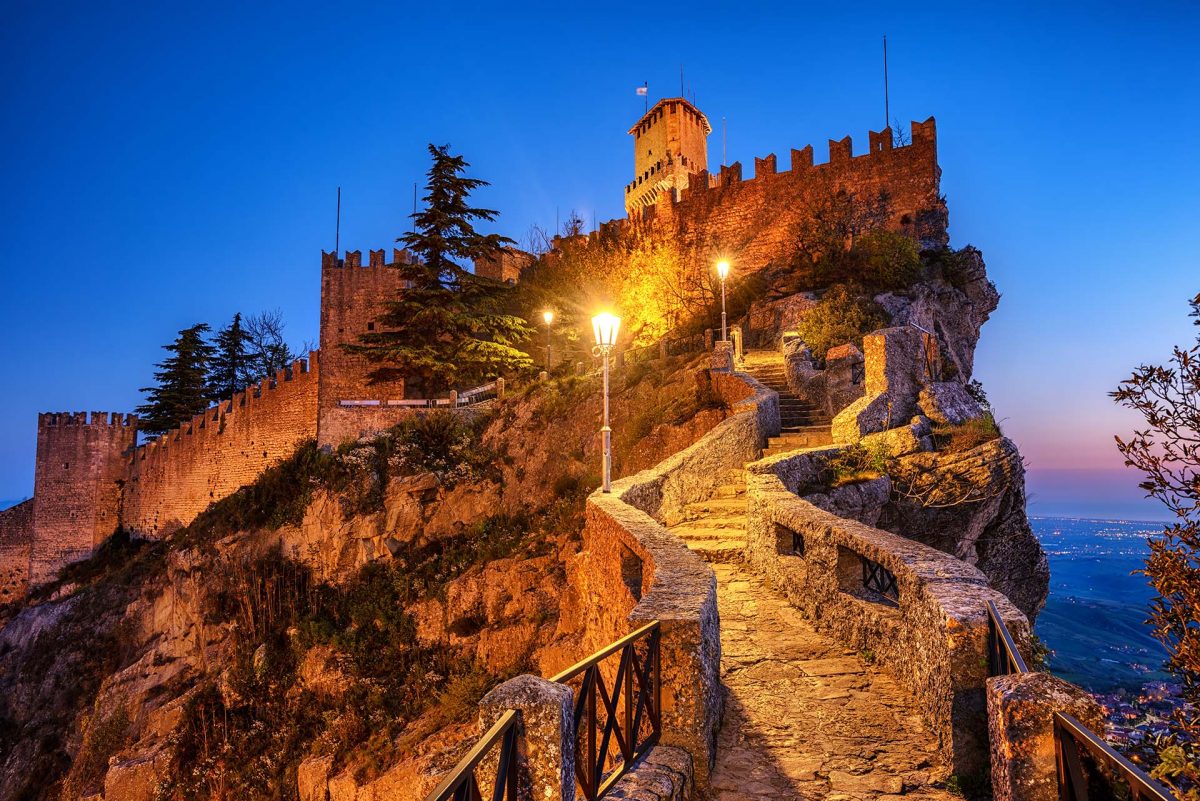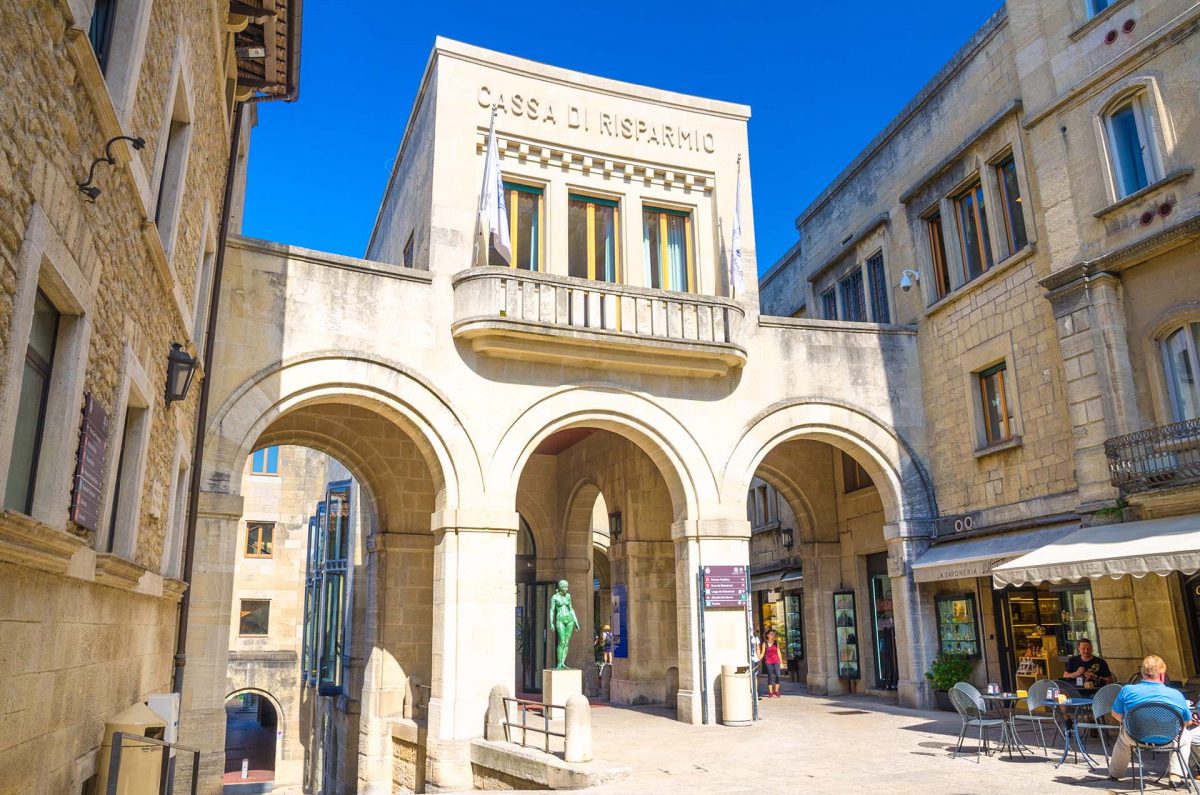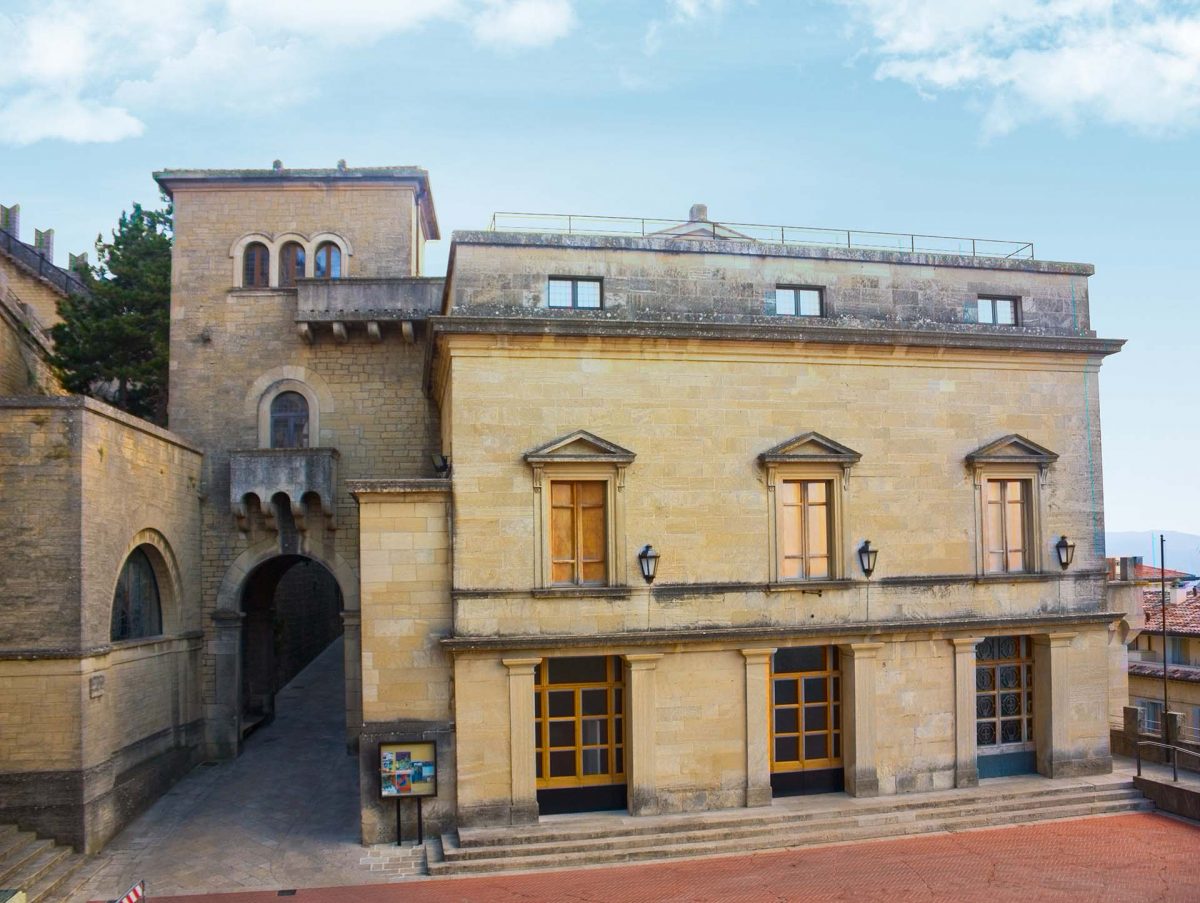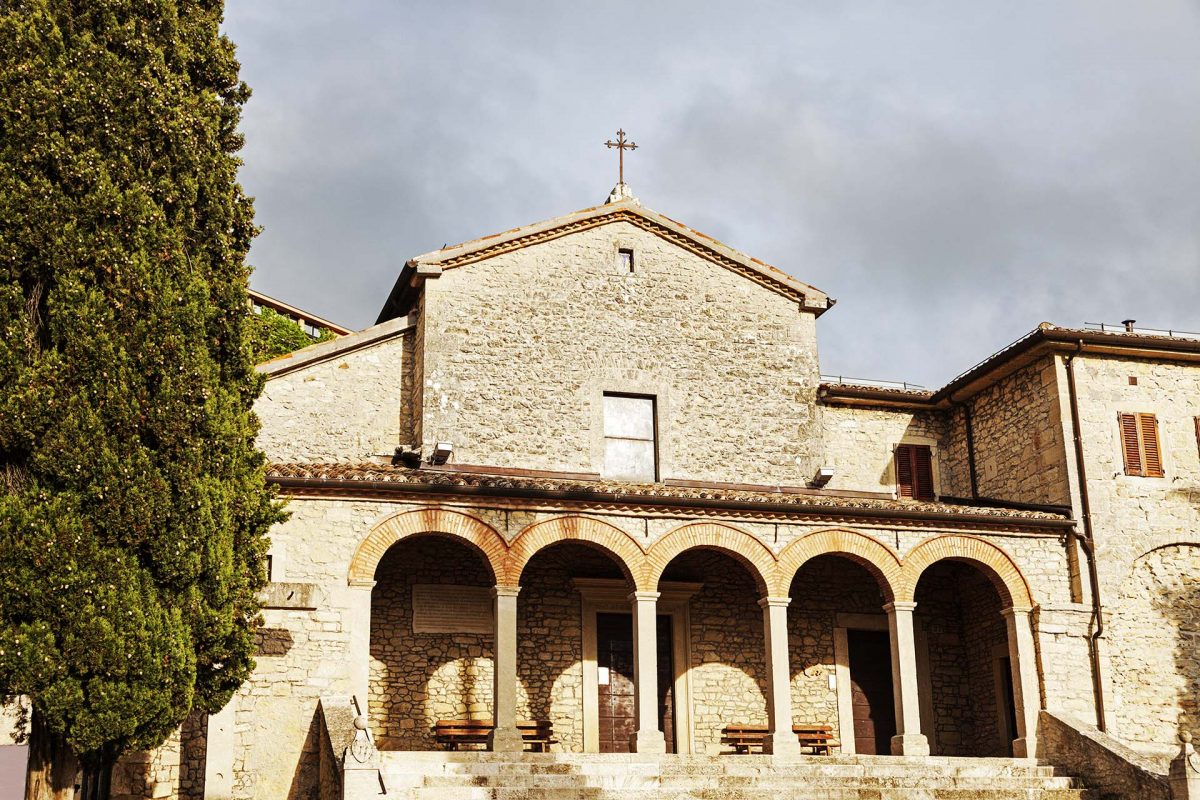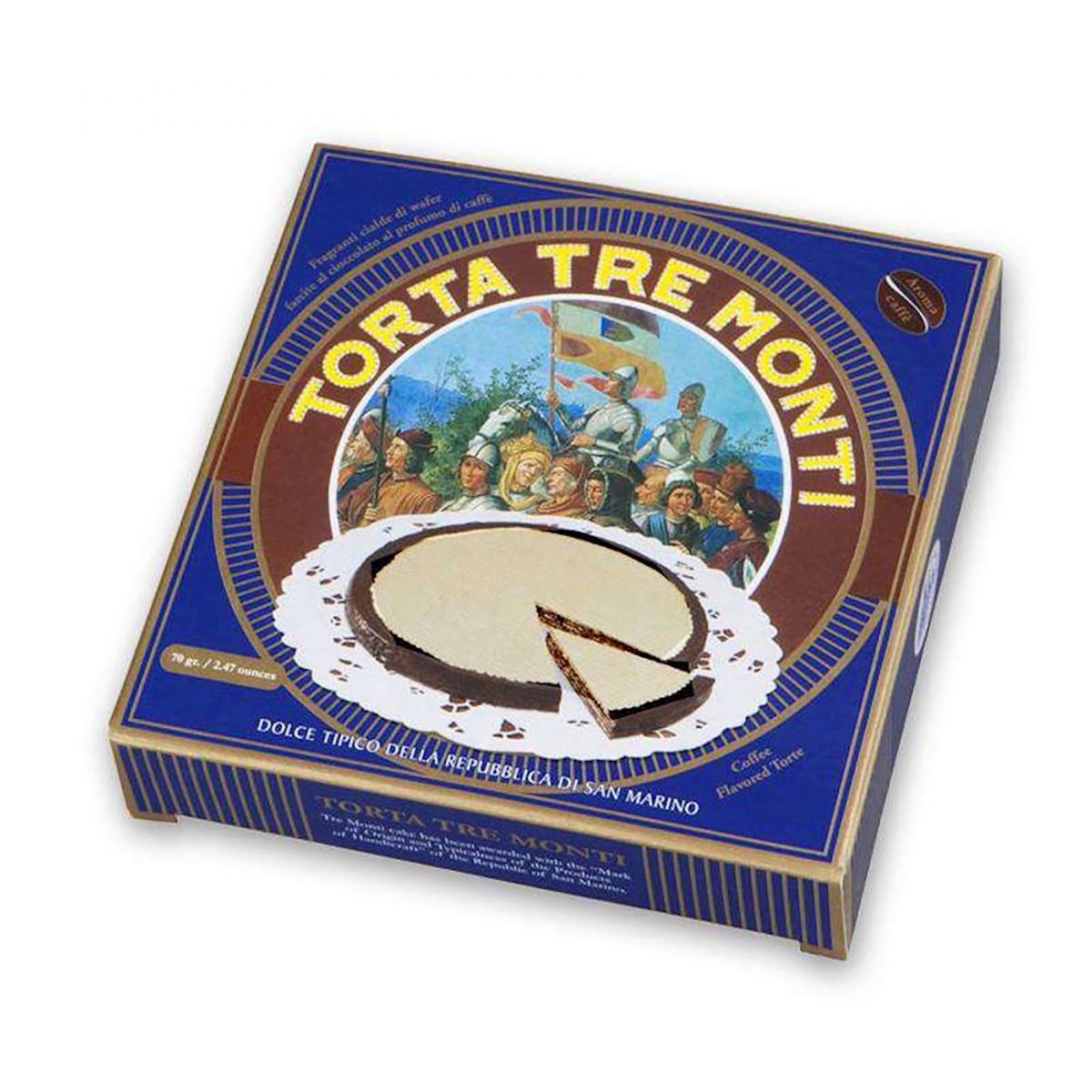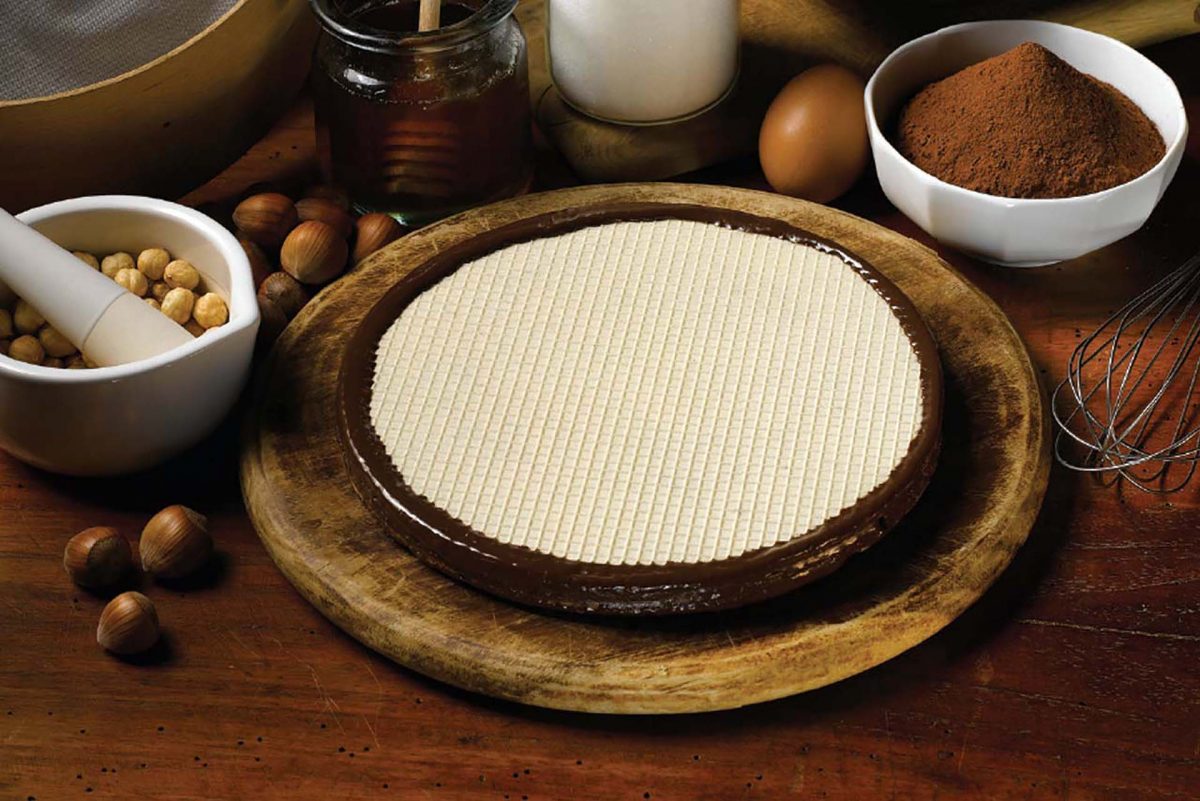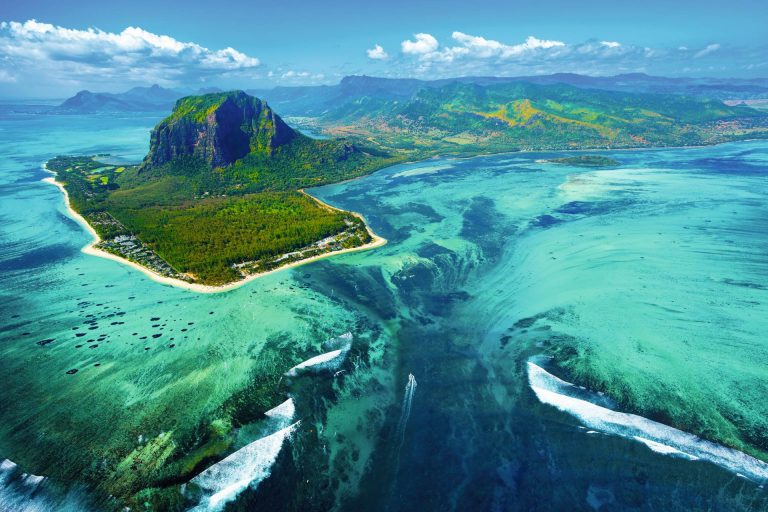Breathtaking views of mountain ranges and the sea, castles on steep cliffs that seem to float above the clouds, unique ancient traditions – it all seems to happen only in fairy tales… If not San Marino, a small state “inside” Italy, which this year celebrates 1720 years!
The Republic of San Marino is about 20km from the Adriatic coast (the nearest town is Rimini). So, when holidaying on the Italian Adriatic Riviera, you can take the opportunity to visit another country, spending less than an hour on the road.

Long ago, in 301 AD, a Christian stone-cutter from Dalmatia (now Croatia) called Marino hid from the persecution of the Emperor Diocletian on the slopes of Mount Titano. He founded a Christian community there and Donna Felicissima, a wealthy patrician from Rimini, gave the community Mount Titano as a gift in gratitude for Marino’s healing of her son. Marino was subsequently canonised and his name became the name of the country.
Thanks to its location on the mountain, the small state of only 61 square kilometres has managed to maintain its independence over the centuries, although many rulers have tried to control it. The resilience of the inhabitants of the country aroused the respect of the conquerors. Even after capturing all of Italy, Napoleon retained the sovereignty of San Marino as an “example of freedom”. Today San Marino is the oldest republic in the world, and its constitution, adopted in 1600, is the oldest of the current body of law. Two regent captains, elected for six months from two opposing parties to balance interests, preside over the state. The state has its own parliament, its own university and academy of sciences, its own football team and even an army of about 100. Their own weights were used up until 1907.
The Republic of San Marino played an important role in the history of Italy. In 1849, it gave shelter to Giuseppe Garibaldi, who was pursued by the Austrians. The future national hero was not taken prisoner; he had great victories ahead of him and, as a result, the unification of Italy. It was in San Marino that the first monument to the general in the world was erected.
After the Second World War, up to 1957, San Marino, unlike Italy, was ruled by socialists and communists. A number of enterprises were nationalised and an agrarian reform was carried out, according to which a hired agricultural worker had to receive at least 60% of the harvest! It would seem that the GDP of such a small country should be based on tourism and souvenirs. The stamps of San Marino are indeed beautiful and interesting and the euro coins have their own unique reverse. There’s even a unique Museum of Philately and Numismatics. However, still the biggest part of the economy is an industry. At one time there was an idea to make a gambling zone in San Marino, but it was abandoned.
The country has only about 30,000 inhabitants. Its settlements are historically called castles, and only the capital is the city of San Marino. Its streets serpentine down the mountain slopes and form one big vantage point. As you stroll through the city, you’re rewarded with sweeping views. The peaks of the Apennines stretch to the horizon on one side and the vast plain and views of Rimini and the Adriatic Sea on the other. Yes, San Marino is landlocked, but it has spectacular views over the sea. In particular weather conditions, it is possible to see three states at once: San Marino, Italy and Croatia across the sea. Mount Titano has a beautiful view and it is lit up in flames in the evenings. It is wonderful at any time of year. Even in winter, when there is a lot of snow and the fabulous atmosphere of Christmas.
Of particular interest is the capital, San Marino. The heart of the city and the entire republic is Freedom Square, unusual in that one of its sides is on the edge of a cliff with an observation deck. In the square stands The Palazzo Pubblico, the seat of parliament. The austere yet elegant building was built in the 19th century on the site of a dilapidated 16th century palazzo. At its inauguration, the famous Italian poet and Nobel Prize winner Giosue Carducci delivered a speech on freedom. The facade is decorated with coats of arms and The Statue of Liberty stands on a high pedestal in front of the palace. Once inside, you can visit the Great Hall and the General Council Hall, where parliament meets, and other rooms connected by stairs and passageways. It is always interesting to watch the changing of the guard of the Guard or the parade of the Republican army.
Around The Freedom Square is a web of narrow streets with numerous shops, craft shops and restaurants. San Marino is a duty-free zone and sells many high-quality, locally made leather goods. It is also a popular destination for wine and liquor.
Above The Freedom Square is the Crossbowmakers’ Quarry (Cava dei balestrieri), as the crossbow is historically a traditional weapon of San Marino.
Every year on 3 September, St Marino’s Day and the city’s birthday, the Palio Dei Balestrieri (crossbow competition) is held here.
Not far from the crossbowmen’s quarry is the 19th century Cathedral of St. Marino, the main church of the Republic, which stands out against the general medieval backdrop with its Classicist architecture.
Even higher up, on the three peaks of Mount Titano, are the three fortress towers: Guaita, Cesta and Montale, depicted on the country’s coat of arms and flag. They are built on steep cliffs and seem to float in the air. It seems that castles like these could have been the homes of, for example, the characters from Game of Thrones. Surrounded by a double belt of walls and perched on the edge of a steep cliff, the fortress of Guaita, the largest of the three, is considered the country’s landmark. Inside is an exhibition on military fortifications.
From Guaita to the fortress of Cesta, the narrow Witches’ Path (Passo delle Streghe) leads. Needless to say, the views of the towering peaks and deep valleys around the edges are something you’ll never forget. Cesta stands at the highest point in San Marino (756 metres above sea level). The castle is home to the magnificent Museum of Old Arms.
The third fortress, Montale, is the smallest of the three. It has for centuries played a special role in defending the state, as it was the most convenient place to view the surrounding countryside. The tower is at a distance from the other sights and is not entirely a tourist attraction.
These are the main monuments of the city of San Marino, but there are many more: the State Museum in the Palazzo Pergami Belluzzi, the Church and Pinacotheca San Francesco, the Church of San Quirino, the Teatro Titano, Palazzo Valloni (state library and auditorium with names of the regent captains), the historical building of the Savings Bank (Cassa di risparmio). Apart from San Marino it is also interesting to visit the small castle towns of Serravalle and Borgo Maggiore which have retained their medieval charm.
Since 1970 San Marino has hosted the San Marino Rally in the summer, and from 7 to 10 October the Republic hosted the 18th edition of the Rallylegend legends race, which included the participation of Soviet cars.
The local cuisine is dominated by piadina bread with various fillings, such as bresaola, and simple dishes such as garlic and rosemary soup, beans with cracklings and chickpea pasta. The desserts are noteworthy: Zuppa di ciliegie cherry wine sauce, Torta Titano with chocolate, almonds, peanuts and honey, Bustrengo apple tart and Tre Monti waffle cake, named after the three fortress towers.
Photo: shutterstock.com, justfunfacts.com, anticaenotecagiulianelli.com, istockphoto.com, dreamstime.com, toscanaovunquebella.it, intoscana.it, consanpaolino.org
